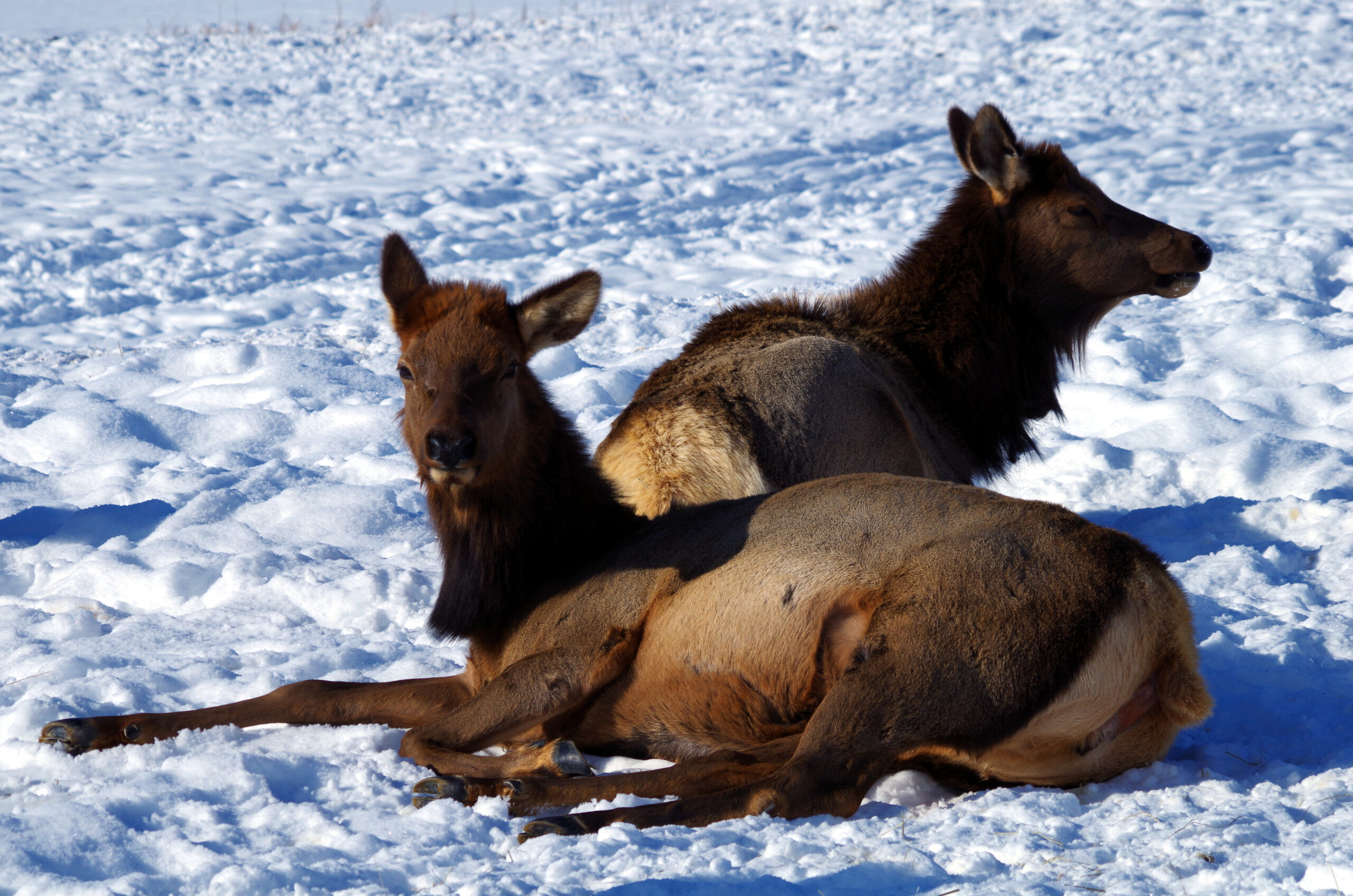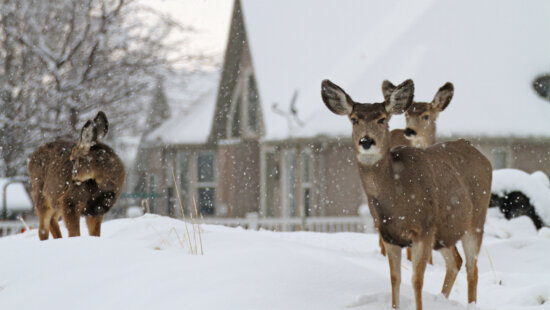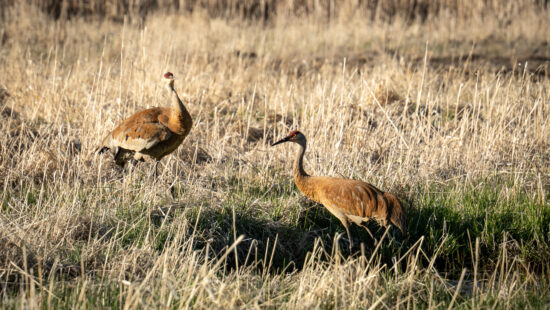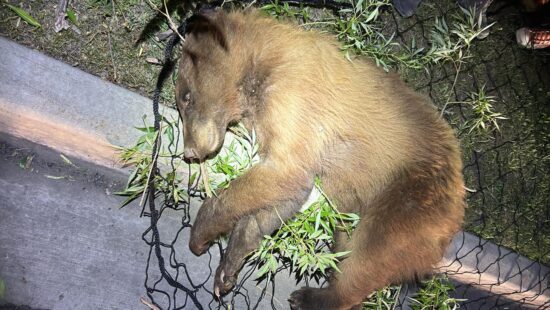Wildlife
When and where to witness wildlife migration in Utah
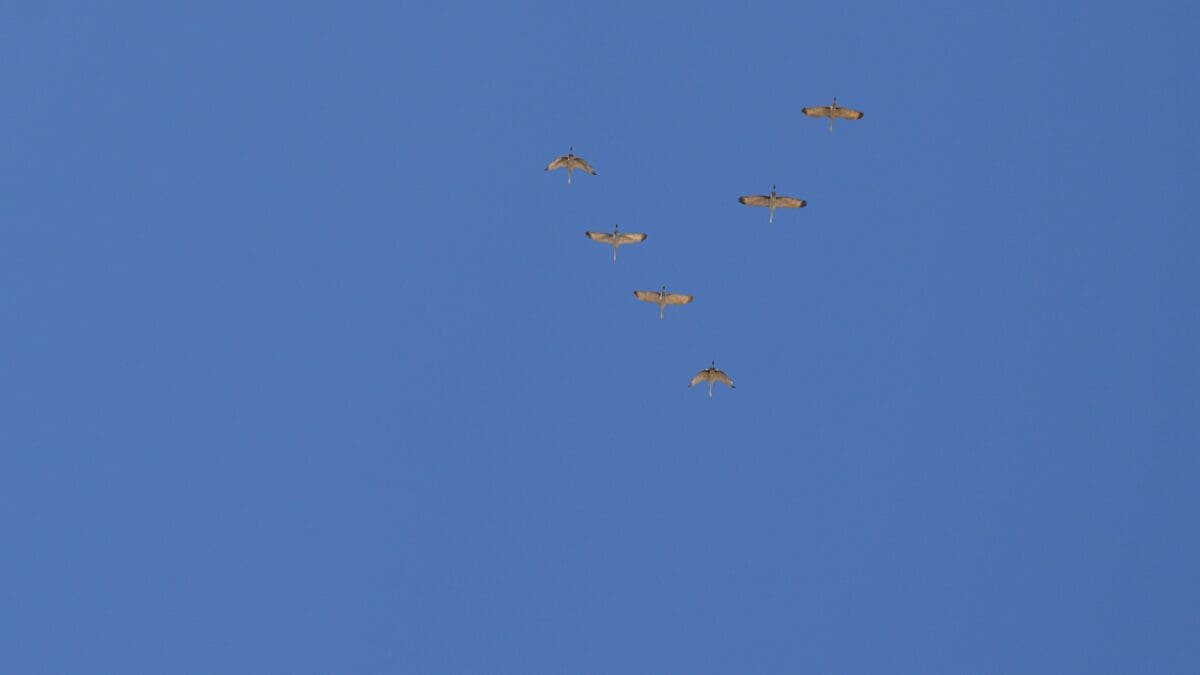
Sandhill cranes. Photo: Kirsten Kohlwey
PARK CITY, Utah — Spring marks a key period for wildlife migration in Park City, bringing a variety of species through the area. Migration is important for biodiversity and ecosystem health. But, where did the animals migrate from, and where are they headed?
Early spring migration
In February, snow geese congregate at Gunnison Bend Reservoir. They can be seen between Corinne and Delta. Bald eagles can be spotted in trees along the Weber River, near Croydon and just below Echo Reservoir.
Migration corridors
Birds arriving in Utah in the spring come along the Central Flyway and the Pacific Flyway. Most follow the Pacific Flyway, a major north-south flyway for migratory birds in the Americas. It extends from Alaska to Patagonia. The Central Flyway encompasses the Great Plains from the Gulf of Mexico to the Canadian prairies. Hundreds of sandhill cranes, coming from the Great Plains, have already arrived in the Vernal area and have started heading farther west to their breeding grounds. A few have already made it to Park City. At about the same time, the blackbirds arrive back in town. Some animals migrate through Utah on their way to other areas.
Animals migrating through or to Utah in March
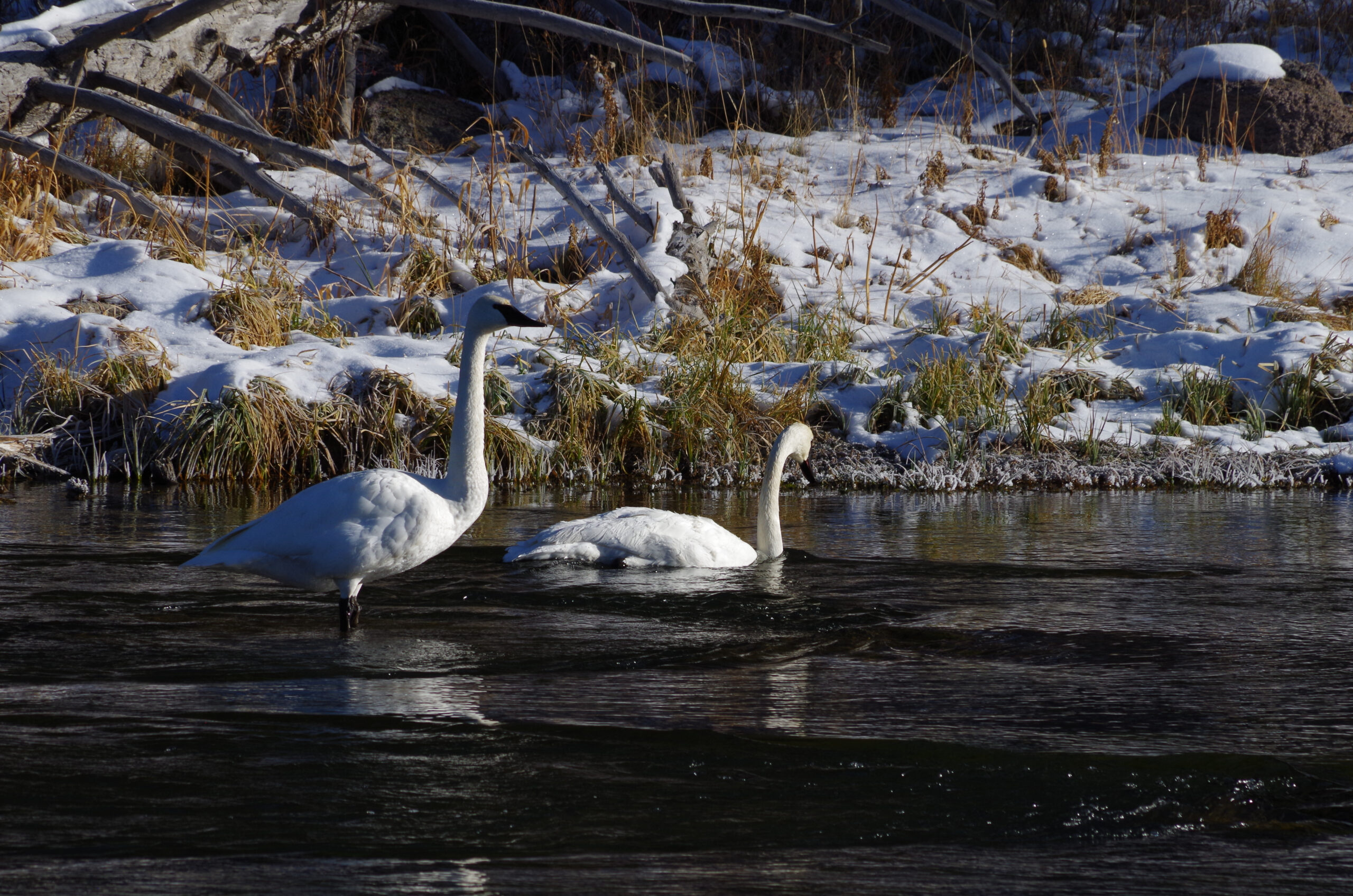
Tundra swans and trumpeter swans stop in Utah on their way from California to Alaska and Canada. A great place to see them is the Bear River Migratory Bird Refuge Auto Tour Route. Tundra swans gather in such large numbers that the water looks like it is speckled with river rocks. Until you notice they are moving, that is.
Sandhill cranes split up into smaller groups at the eastern parts of Utah before traveling to their individual nesting grounds. Look for a V-shaped formation of 5 to 11 birds shimmering golden in the sunlight.
Animals migrating through or to Utah in April through May
Mallard ducks, coots, green wingtail ducks and other dabbling ducks and doves migrate to Utah and some nest and stay through August. Due to their stays, some waterfowl management areas are closed during the summer. Since most Utah birds follow the Pacific Flyway, they migrate west from the Great Salt Lake and surrounding wetlands into Nevada and then Northern California.
Animals returning for the summer
Utah mule deer return to the greater Park City area for the summer months. During spring and fall they use the canyons to the west. The closest migration corridors are through Parley’s Canyon up to East Canyon and beyond towards the areas northeast of Coalville and from Round Valley north through Silver Creek into the Chalk Creek area. The Utah Wildlife Migration Initiative, founded in 2017, identifies and protects connective corridors that allow fish and wildlife to migrate to necessary habitat areas around the state.
The American white pelican also returns to Utah for their summer nesting season before heading back to western Mexico for the winter months. Also arriving from the south are the American lady butterflies and the Monarch butterflies. Swaner Nature Preserve is one of their way stations. Neither one of these butterfly species will travel here until the appropriate flowers are blooming since their offsprings’ survival is dependent on specific types of plants.
Moose do stay in the area but are more visible in the greater Summit County areas when they are ready to give birth and raise their young.
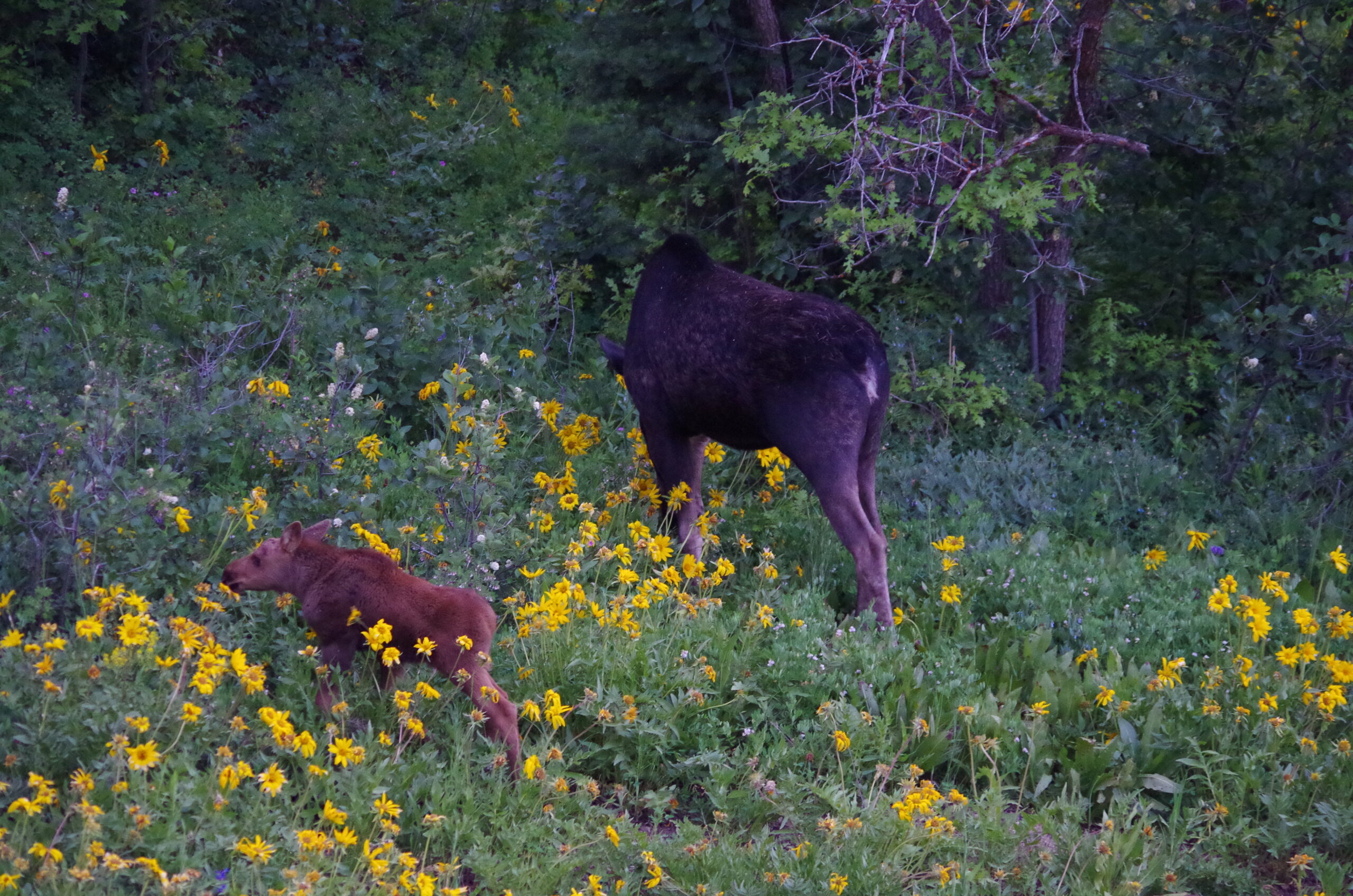
Animals migrating to or through Summit County for the winter months
The elk use migration corridors similar to those the mule deer follow, but elk are more visible in Summit County in the winter months. Round Valley, the hillsides of Emigration Canyon and Silver Creek are particularly popular among the elk.
